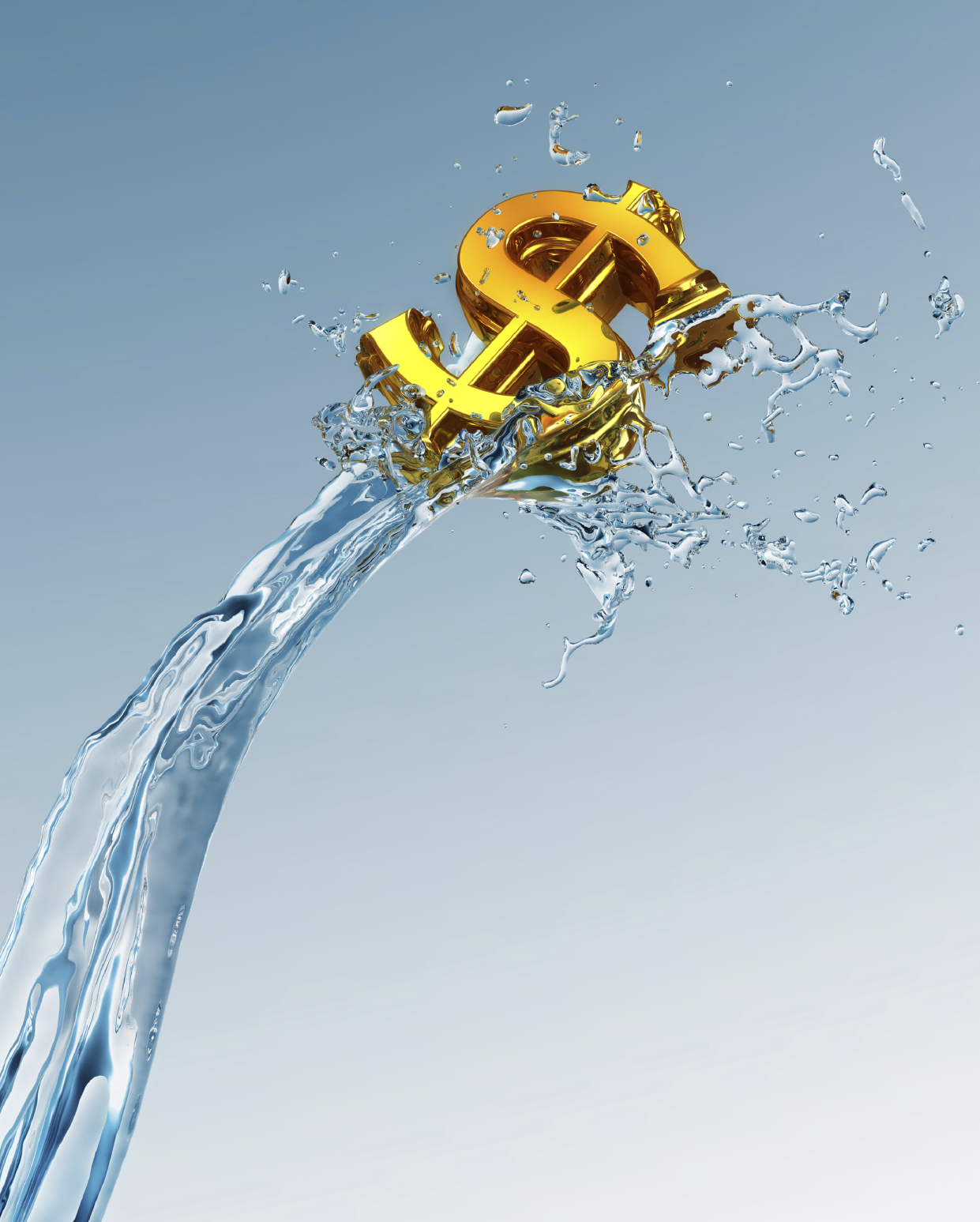
Regardless of a manufacturer's altruistic goals to reduce their impact on water resources, they have to juggle them with daily operations in a cost-effective way. The reality of implementing industrial water recycling equipment comes down to dollars--and sense. Many manufacturers find their return on investment to be well worth the capital expense. They find savings on water purchases, water treatment, and costs associated with discharge permits and compliance infractions. These savings can actually lower overall operating costs.
Cost Savings: Purchasing Water
Manufacturers actually buy the same water back from the city after discharging it. If they recycle this water instead, they can eliminate the repeated steps of discharging and purchasing again. The volume that is purchased at a time is greatly reduced and so is the frequency of discharging. That can also remove a significant strain from the public treatment facility (POTW). More importantly, it cuts down on water costs.
Cost Savings: Pretreatment
A lot of facilities require pretreatment of the incoming city water before it can be used in their facility. Water treatment systems require consumables such as chemicals and filters in addition to resources to operate it. These are ongoing costs on top of purchasing the water. Recycled water is a higher quality than city water, in most cases, so using that water can actually eliminate the pretreatment step and associated costs.
Cost Savings: Permits and Non-Compliance
Facilities who do not meet their discharge permits can face fines and even litigation, costing them more money related to their wastewater and potentially damaging their reputation in their community and market. That can impact the bottom line. Recycling wastewater reduces significantly the risk of discharge permit noncompliance. The concentrate from wastewater recycling equipment is also a good candidate for zero liquid discharge equipment such as evaporation or solidification. Those systems eliminate the need for a discharge permit completely.
Other cost factors to consider
- Improved sales: While it's difficult to quantify, recycling and reusing wastewater does have a positive impact on the company's public image.
- Drought protection: Facilities located in a region that experiences drought should consider the financial benefits that a water recycling system offers during drought.
- Operations personnel: In many cases, if a facility were to adopt water recycling, they would need to hire additional personnel to operate and maintain the system. That sounds like more money and not savings. Depending upon the vendor, however, facilities may utilize outsourcing services. Doing so lowers the overhead costs of having an operator because the employee is contracted.
- Production impacts: The process of installing the new equipment should have little impact to production. Choose an end-of-pipe or add-on system. These are a practical and effective choice, offering a smaller footprint at a more digestible prices.
- Extended equipment life: The high quality of the recycled water can actually extend the life of your manufacturing and treatment equipment. That can be a huge cost savings. This can be further improved by your treatment program. Is it designed with your specific equipment in mind?
Will recycling wastewater save your facility money?
Do the math:
- Calculate what you currently spend on water related expenses.
- Calculate what that cost is per gallon of water used per day.
- Compare the cost per gallon per day with the estimated cost per gallon to treat and recycle the same water (via your prospective vendor).
- Remember to consider other factors that can mean added benefits of water recycling.
ProChem strives to help their customers establish the highest level of credibility and a positive reputation within the regulatory community. Their goal is to significantly reduce the amount of fresh water that manufacturers require by providing sustainable solutions that will also benefit the customer’s bottom line.
